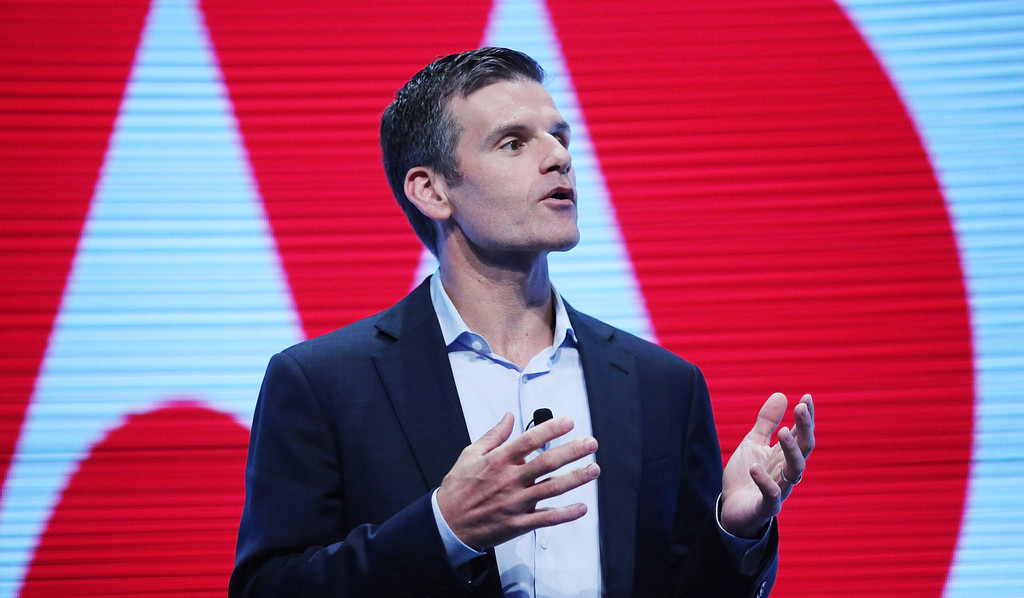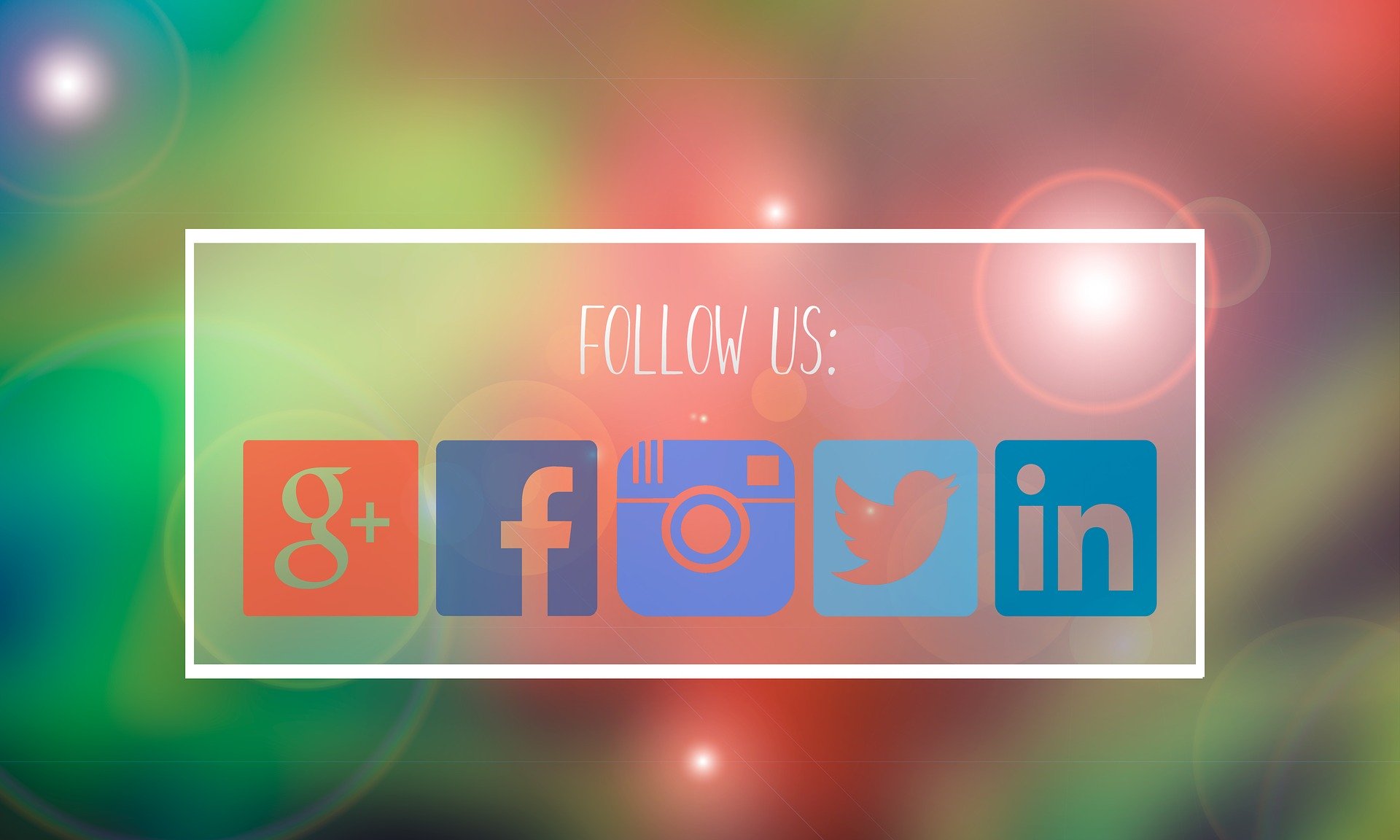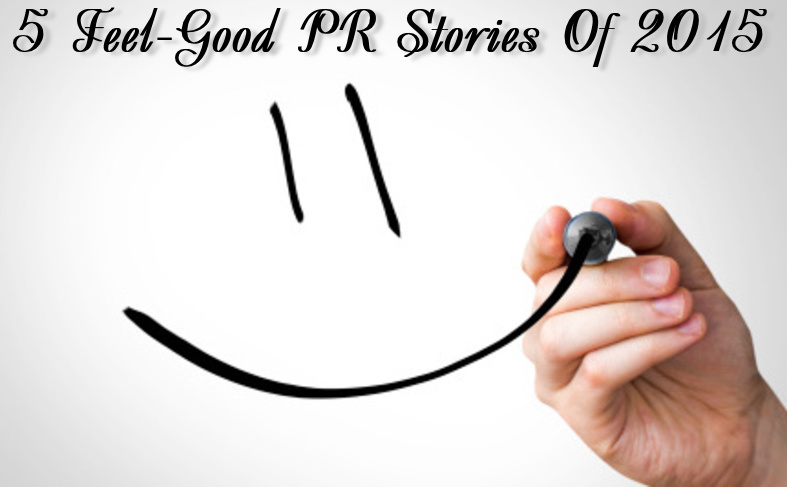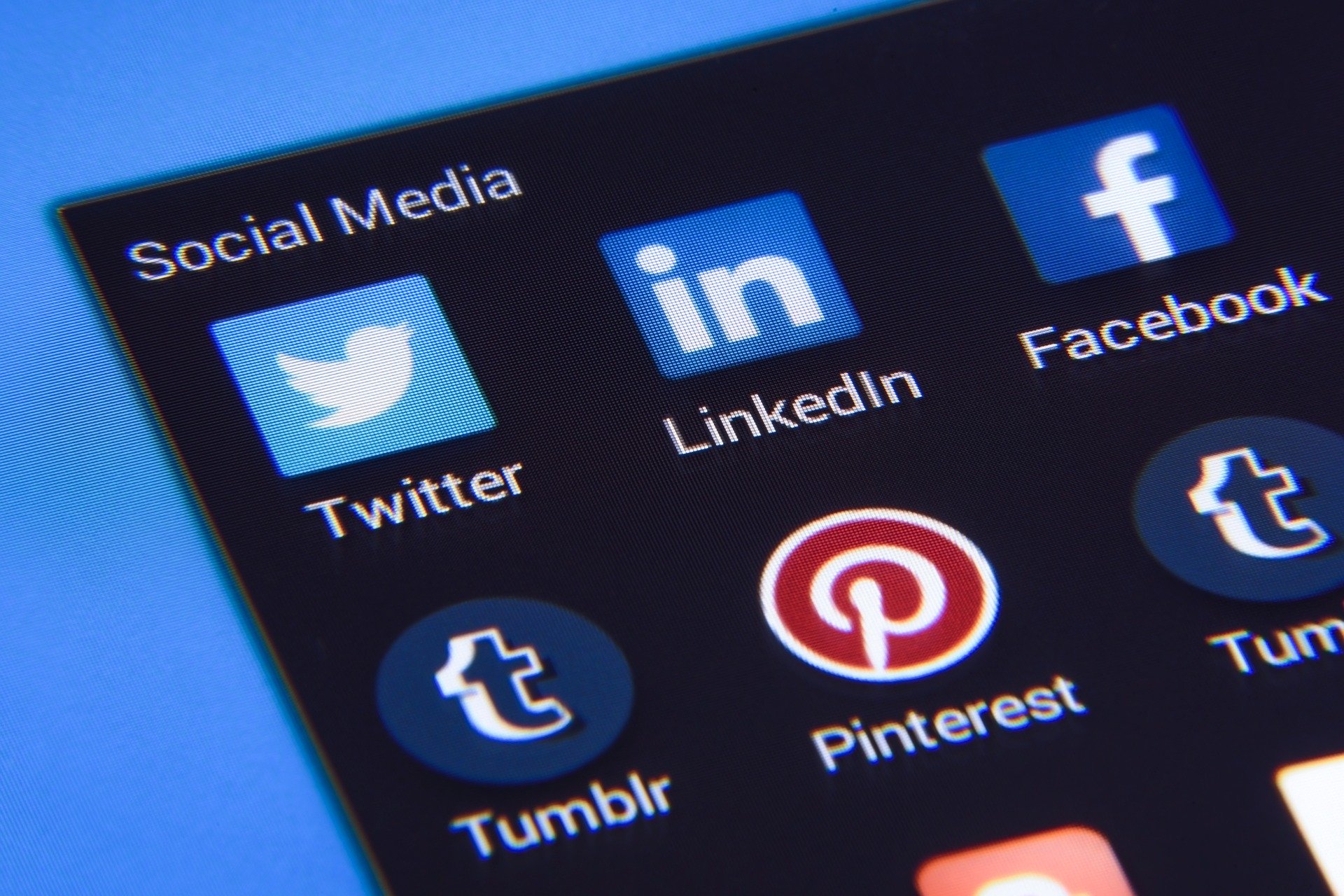There’s a new social media app taking the world by storm. It’s called TikTok. Ever heard of it?
Seriously, TikTok has been on the PR radar for a long time, and most recently it made news for different reasons. Media interest peaked over the weekend with reports that a deal involving TikTok, Oracle and Wal-Mart would avert a ban of the app in the U.S. The agreement is still tentative, but it’s meant to resolve the simmering controversy about the app as a potential security risk.
TikTok’s users, however, don’t seem concerned. The app has surpassed Facebook, Instagram, YouTube, and Snapchat, with 1.65 billion downloads to date, more than 30 million active monthly users in the U.S., and more than 500 million active users worldwide. TikTok is currently the sixth largest social network in the world.
What started out as a Snapchat-like platform for younger generations of social media influencers and general users for sharing video snippets has grown into an essential platform for marketing and advertising. Whether a brand’s focus is fitness, fashion, food, or anything else, TikTok can connect it to a highly desirable and sometimes elusive audience.
Why TikTok?
New and creative social channels should be key elements for consideration in any PR plan, especially for brands aiming to reach a younger audience. TikTok is essential for this demo, as 60% of U.S. users are between the ages of 16 and 24. The app is intrinsic to its users’ lives; the average Tik Tok visitor opens the app more than eight times per day, spending about 46 minutes on it daily.
One of the most appealing aspects of TikTok, especially for those younger users, is that everyone is a creator. It’s open to all formats, and there are no distinct guidelines or rules on how the app should be used. Creativity is the only rule. Videos range from singing and dancing, to comedy, reaction videos and challenges. On the flip side, users can find more serious content, with videos focused on topics like politics, climate change, and the Black Lives Matter movement.
Depending on individual users’ personalized recommendations, TikTok plays videos instantly upon the app’s opening, immediately drawing viewers in. This is TikTok’s most central feature – its AI-driven algorithm that shows videos based on user preferences. This same feature helps guarantee that a brand’s videos will reach its target audience – an important distinction TikTok has over other social media platforms.
TikTok is a powerful brand marketing platform
TikTok makes it easier than ever to promote a brand – reaching the right people in the right ways. Over the last year, it introduced self-serve advertising platforms, including branded hashtags, video ads, branded lenses and much more. Based on a company’s wants and needs, there are a variety of formats to choose from.
Branded hashtags drive discovery
Branded hashtags encourage users to create videos with a certain hashtag, often accompanied by a specific song or dance move. Videos with branded hashtags are not only available in a user’s normal feed, but also in the Trending section of the Discover tab, making these videos widely viewable. In fact, with TikTok, users rely heavily on hashtags to navigate the app. It’s “For You” discovery page engages far more than Instagram’s “Discover” page, for example.
Pepsi’s #SwagStepChallenge, a great example of a branded hashtag campaign, spread like wildfire on TikTok, as well as on Twitter and Youtube. The challenge became the fastest hashtag challenge using a branded effect to reach one million video creations globally and a whopping 95.5 billion views through user generated content (UGC) on the platform.
Video ads for the win
Video ads are understandably the most common format for ad and marketing purposes on TikTok, with brand takeovers, in-feed videos and top-view videos being popular. Brand takeovers are pop-up ads that typically last 3-5 seconds. They can be videos, GIFs, or images that include links to a landing page. TikTok only allows one brand to take over a category per day, but it guarantees five million impressions, a promise that may well be worth the investment for many. Additionally, brands get immediate attention, as the ads display upon opening the app.
Branded lenses jump on trends
With branded lenses, brands partner with TikTok to create 2D and 3D lenses for users to “try on” and share. Branded lenses also let companies land in the Trending section of the Discover tab for ten days. According to Prowly, about 64% of TikTok users have tried facial filters and lenses, making it another valuable option for marketers.
Influencer partnerships spice it up
For any marketer wanting to incorporate TikTok into a brand PR strategy, TikTok influencers are essential. As on other platforms, TikTok influencer marketing ads partner brands with creators to generate and share sponsored content. When the partnership is authentic and the creators are given freedom, these partnerships can be highly successful.
For example, David Dobrik, one of the most popular social media influencers, with more than 22 million TikTok followers, partnered with Chipotle for its Lid Flip Challenge, a Cinco de Mayo campaign to promote the chain’s free delivery for digital orders. Chipotle discovered that Gen Zers order delivery more than any other segment, making them the perfect audience. To participate in the challenge, users only needed a phone and a Chipotle burrito bowl.
According to AdAge, in just the first six days of the Lid Flip Challenge with David Dobrik, 111,000 videos were submitted and the promotion garnered a record-breaking digital sales day for the chain, driving app downloads and delivery among the key Gen Z audience.
But Can It Work for B2B?
B2B companies might be hesitant about TikTok because it’s so consumer-oriented, but they shouldn’t count it out. Companies wanting to reach business customers have the same end goal of reaching and forming lasting relationships with their target audiences. So, for B2B companies, how can TikTok help?
With any brand, it’s important to feel approachable. Stronger relationships can be formed when customers feel connected to your brand on a more personal level. TikTok users want the platform to stay a creative, authentic channel for human-to-human interaction. Do you have a CEO with a unique story? Maybe how he/she established the business, or maybe insights on building a strong culture at work? Sharing tips or short stories in visually appealing ways can engage viewers and make lasting impact. For example, marketer Adrian Brambila shares his success story on TikTok by explaining how he established himself as a marketing leader, and to date, his videos have generated more than 4.7 million likes.
TikTok is overflowing with innovative, fresh ideas, so brands must be clever with their posts to be noticed. Even for brands thought of as “boring” that is doable. For example, just before the global shutdown in March, The Washington Post began sharing content on TikTok, but they weren’t posting videos of daily headlines. Rather, the outlet shared relatable videos on the daily struggles and adjustments of working from home, incorporating popular trends. They must be doing something right, because the content has generated more than 25.8 million likes.
Staying relevant, influential and top-of-mind is important for all brands, whether B2B or B2C. Keeping up with content trends is one way of doing that, and some of the best, most buzzworthy ideas online are shared on TikTok. Viral TikTok videos make great templates for high-performing content on other platforms as well – Facebook, Instagram, or Twitter.
With TikTok, B2B companies can connect and engage with more of their audience and show prospects the more creative and personal side of their business. B2B companies not leveraging the app may be missing out on opportunities.
TikTok: making connections and driving lasting impacts
TikTok is the first app of its kind. What separates it from other social media platforms is the creativity it affords users. It lets them be both creators and viewers, and exposes them to an endless stream of personalized content. More importantly, the sense of community on TikTok is what draws users in and keeps them coming back for more. It will continue to play a key role in the PR efforts of brands appealing to younger users. If you’re looking to engage with the elusive teen or young 20s demographic, chances are you will find them on TikTok.
Looking for help staying on top of the latest communications trends? Contact our PR team to find out how we can help.



![Who Is Fighting Fake News? [article]](https://crenshawcomm.com/wp-content/uploads/2016/12/FakeNews.PR_.jpg)







